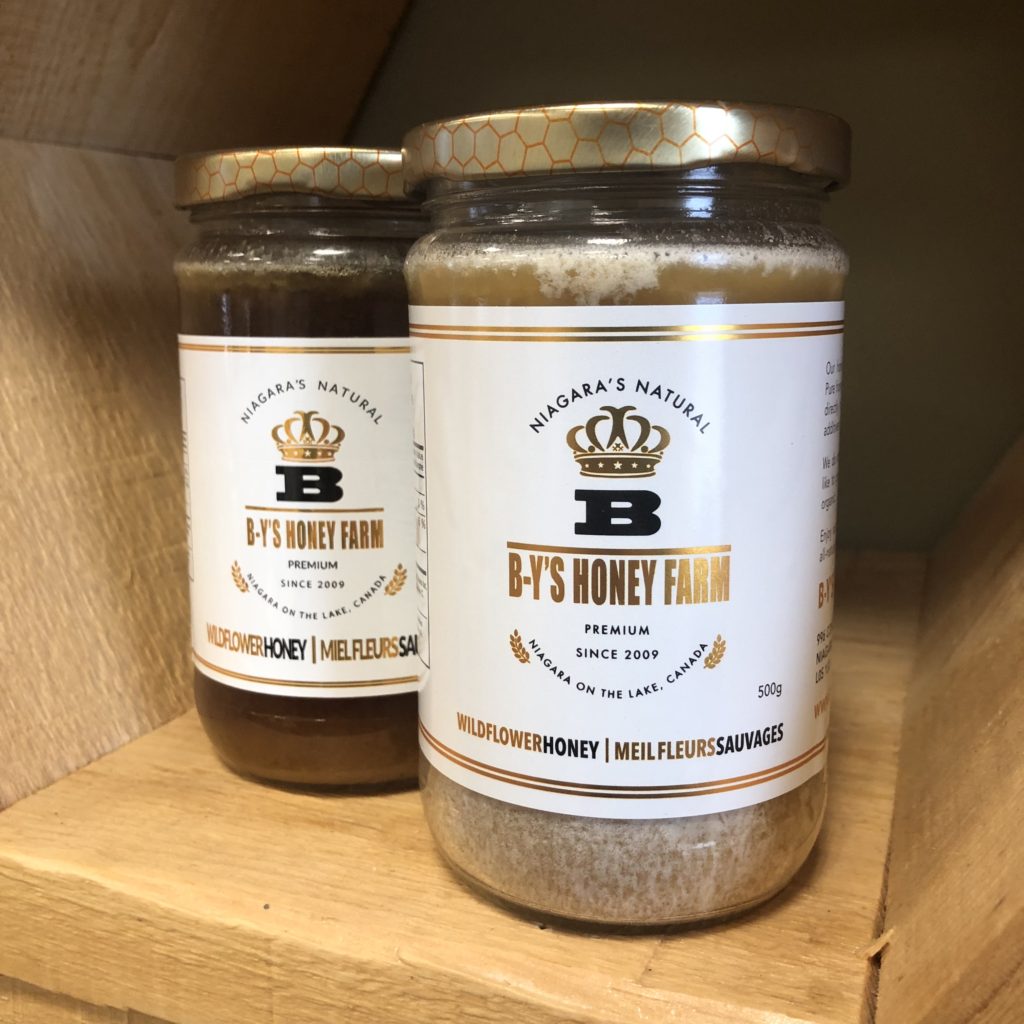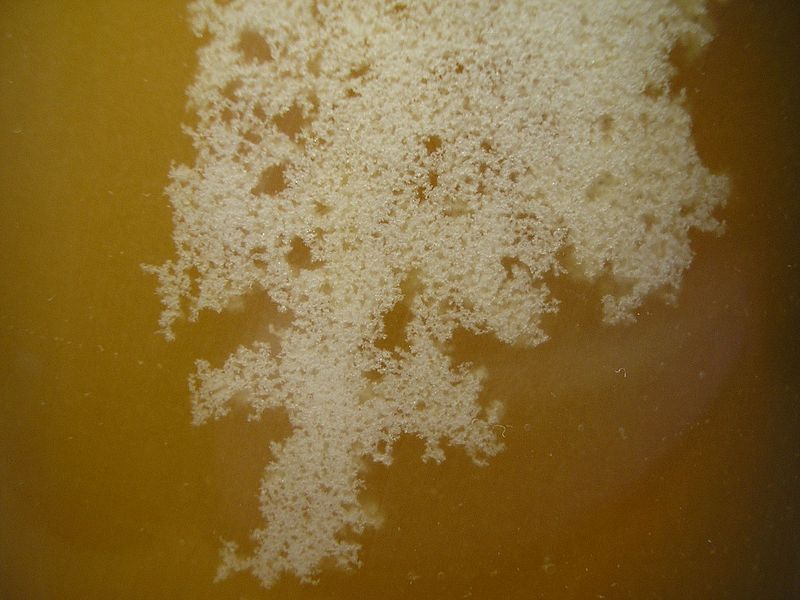The Buzz
Why Does Natural Honey Crystallize?

Why Does Natural Honey Crystallize?
This is a question that gets asked a lot and many are unaware of the natural process of honey. Let us dig deeper into this valid question.
Let’s start with the bees:
Honey bees are social insects and that means bees live together in family-organized groups. A honey bee colony typically consists of three kinds of bees: female workers, male drones, and a queen. Each member has a task to perform. The colony relies on each class of bee for everything and would not be able to survive without each other.
For this post we will concentrate more on the female worker bees. Workers are the smallest bees and consist of the majority in the colony. Workers have specialized structures which allow them to perform all the labors of the hive. They can clean and polish the cells, feed the brood, care for the queen, remove debris, handle incoming nectar, build beeswax combs, guard the entrance, air-condition and ventilate the hive. Worker bees will forage for nectar, pollen, water, and plant sap.
For those of you that are paying attention, yep the females are in charge when it comes to bees and the male drones role is reproduction ONLY.
Now we know a little on who the honey bees are let’s jump into how they make honey.
Collecting and Making Honey
Bees need two different kinds of food. One is nectar, the sugary juice that collects in the heart of the flowers and the other is called pollen which comes from the anthers of flowers. Most bees gather only pollen or nectar. As she sucks the nectar from the flower, it is stored in her crop a special honey stomach. Nectar is a very thin solution- colorless and not nearly as sweet as honey. It’s also chemically different. Through the use of enzymes, bees are able to convert the complex sugar in nectar into more simple sugars. This is why honey is more easily digested than regular table sugar. Its sugars (glucose and fructose) are simpler than sucrose (table sugar). When a workers nectar “sac” is full, the honeybee returns to the hive. Nectar is delivered to one of the indoor bees and is then passed mouth-to-mouth from one bee to another until its moisture content is reduced from around 80% to 20%. This changes the nectar into honey.
Finally, the honey is placed in storage cells and capped with beeswax in readiness for the arrival of newborn baby bees. Pollen is mixed with nectar to make “bee bread” and is fed to the larvae.
Honey Crystallization
Raw honey is a mixture of natural sugars, other carbohydrates, water, minerals, vitamins, and enzymes. Thanks to the process of chemical transformation, the components of honey never “go bad”, making this sweetener the only food that doesn’t truly spoil. Honey does settle, harden, and become cloudy over time. The honey turns from that slightly transparent golden liquid to an opaque, more firm consistency. Nutritionally, there is nothing wrong with crystallized honey.
Any expert beekeeper will say honey crystallization is a good thing. Why? Because it means the honey is real and full of healthy antioxidants and beneficial enzymes. Just because you might think it’s gone bad don’t throw out your crystallized honey. The crystallization process is a natural process and has little effect on the honey other than new textures, densities and coloring.
The “why” behind the crystallization of honey is simple chemistry. Honey is an ultra-saturated combination of two sugars, glucose and sucrose, and contains at least 70% carbohydrates and about 20% water. That’s more sugar than can naturally remain dissolved. So, naturally, crystals begin to form over time.
Natural honey is delicate towards temperature and the most important aspect of honey processing is maintaining quality. Carefully control the heating honey process and do not overheat. It is best to not exceed 35-40°C (95-104°F), beyond these temperatures you will run the risk of destroying beneficial antioxidants, enzymes and compounds. Bees regulate their hives by fanning to maintain proper temperatures.
How To De-crystallize Honey
The best practice to de-crystallize honey is a slow and steady approach. Create a double boiler system and keep the temperature in the upper part just under the 40°C (104°F) and time is dependent on how crystallized your honey is. Do not rush the process or you run the chance of destroying the beneficial health components of the honey.
***Raw honey is alive and please do not place into a microwave, this will kill it immediately.

